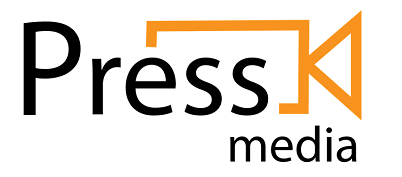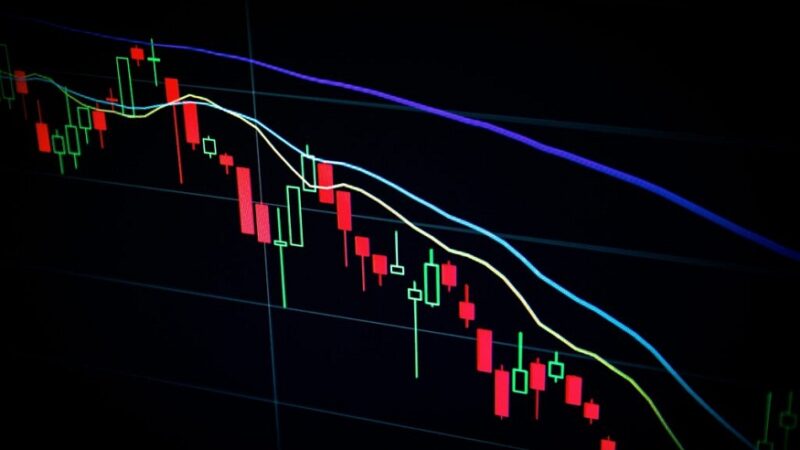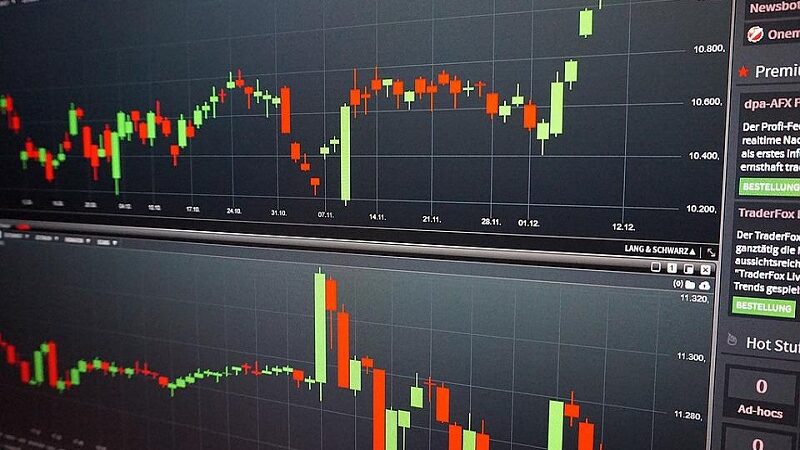Understanding the Structure of an Option Chain

An option chain is typically organized in a desk format, displaying the specific strike fees and expiration dates. Let’s understand the shape of an alternative chain and how to interpret it efficaciously.
Firstly, alternative chains are often shade-coded to differentiate among name alternatives (normally shown in inexperienced) and positioned options (typically proven in red). This visible differentiation helps pick out the sort of alternatives quickly.
Within an alternative chain, you’ll find a range of strike expenses indexed from lowest to maximum. These strike costs help decide the cost of the choice and its relation to the present-day market price of the underlying asset.
Option chain also show the available expiration dates, supplying you with multiple options to select from. Each indexed expiration date represents the closing date through which the choice has to be exercised if you pick out to accomplish that.
It’s vital to understand the concept of “in-the-money,” “at-the-money,” and “out-of-the-money” alternatives.
An “in-the-cash” alternative refers to a call choice with a strike fee beneath the modern-day market price of the underlying asset or a placed choice with a strike fee above the contemporary marketplace price. Conversely, an “out-of-the-cash” alternative has a strike price above the market price for a name alternative or below the market rate for a put option. “At-the-cash” alternatives have a strike fee near the current market fee.
Analyzing Option Chain Data
Now that we’ve blanketed the basics of choice chains, allow’s explore the importance of the information displayed inside them.
Open Interest and Volume: Open hobby indicates the variety of superb choice contracts for a particular strike rate and expiration date. Higher open hobby suggests that extra members are interested in that specific alternative. Volume, on the other hand, represents the variety of contracts traded at some stage in a particular time frame.
Options Prices and Trading Activity: Changes in option fees and trading pastimes can provide treasured insights. Increased interest and better choice costs can also indicate developing dealer interest or marketplace expectancies. Understanding these styles will let you make knowledgeable choices.
Implied Volatility: Another crucial factor to bear in mind is implied volatility, which displays the market’s expectations of destiny rate fluctuations within the underlying asset. High implied volatility often leads to higher option costs, even as low implied volatility may bring about lower choice expenses.






